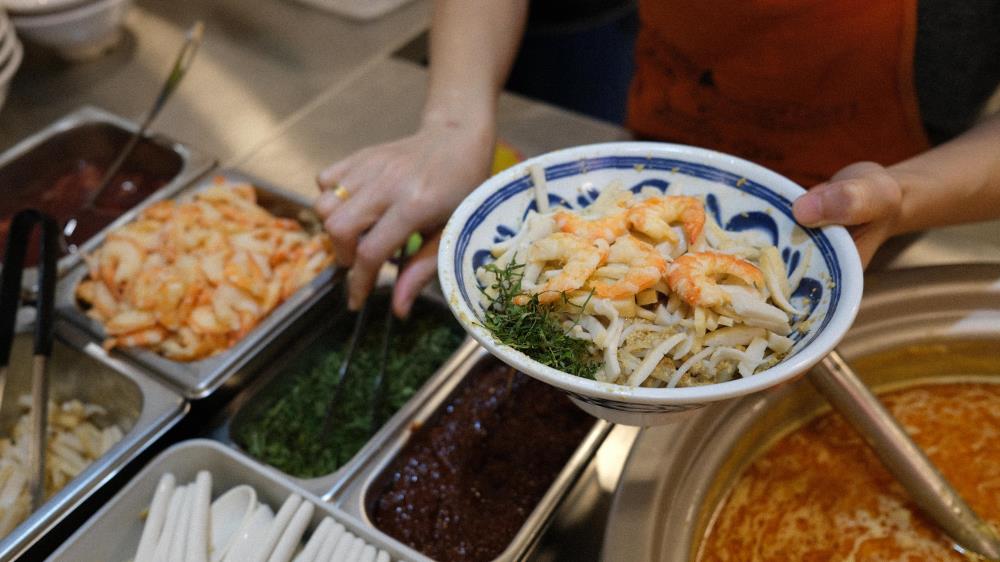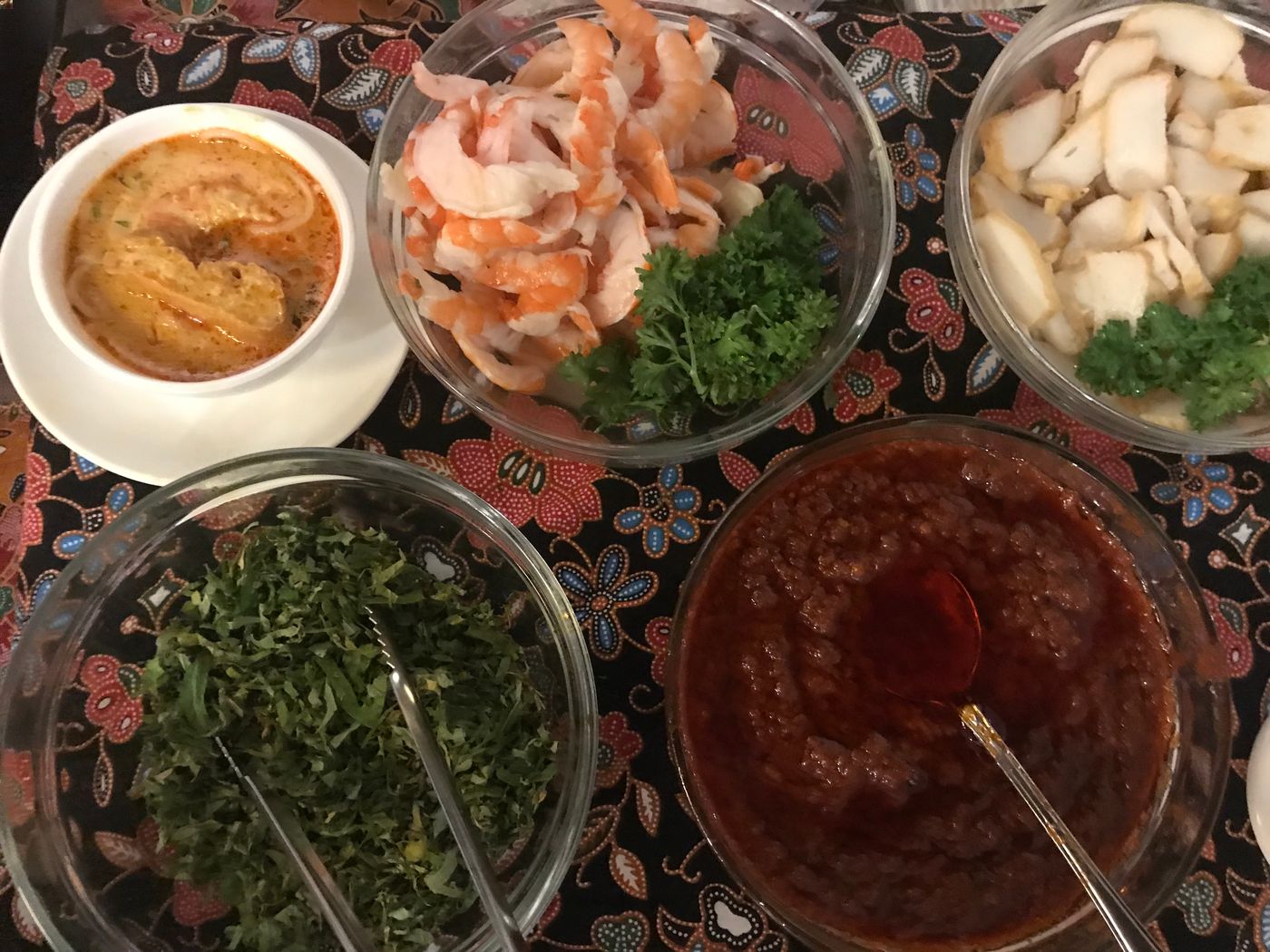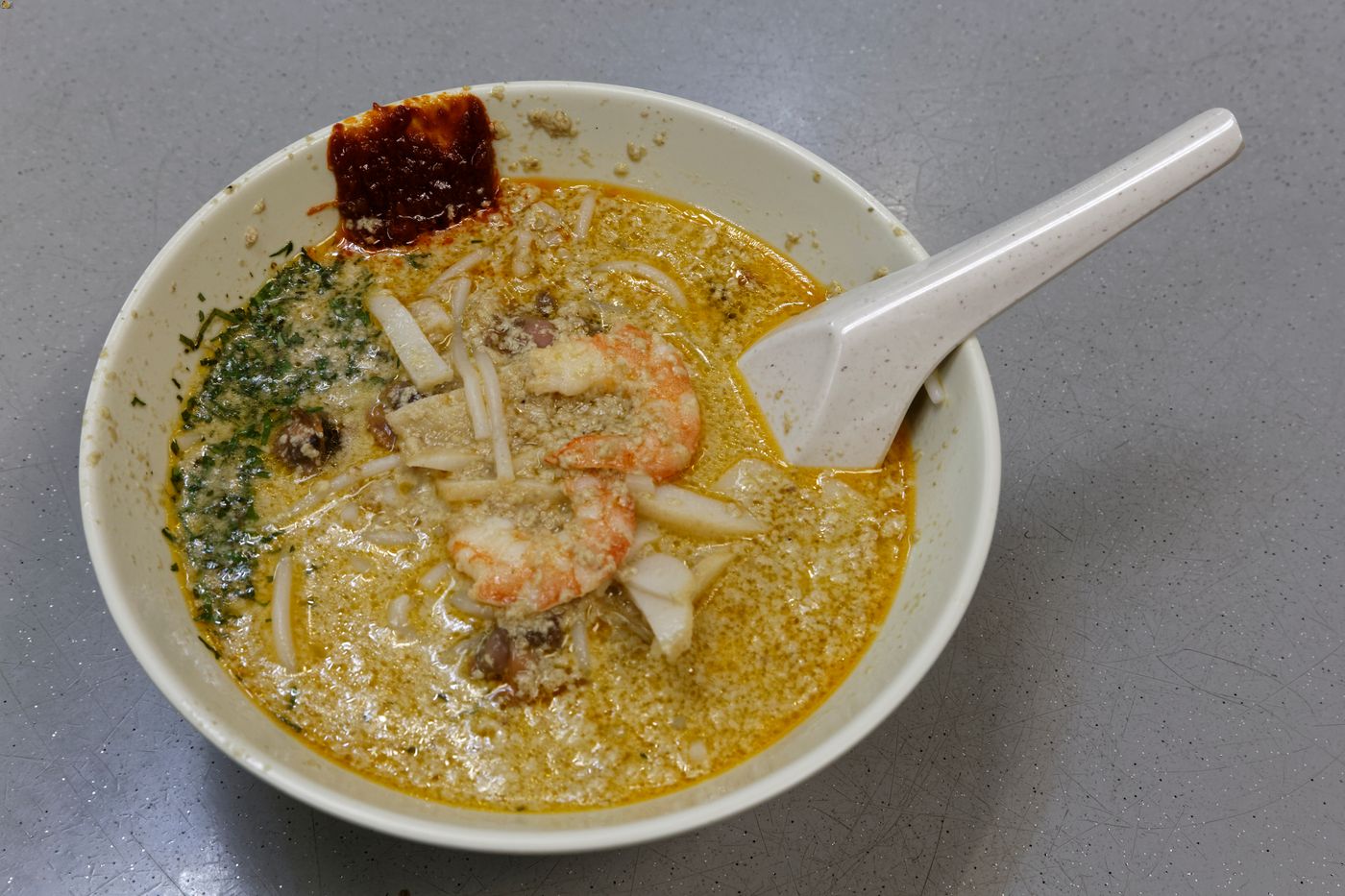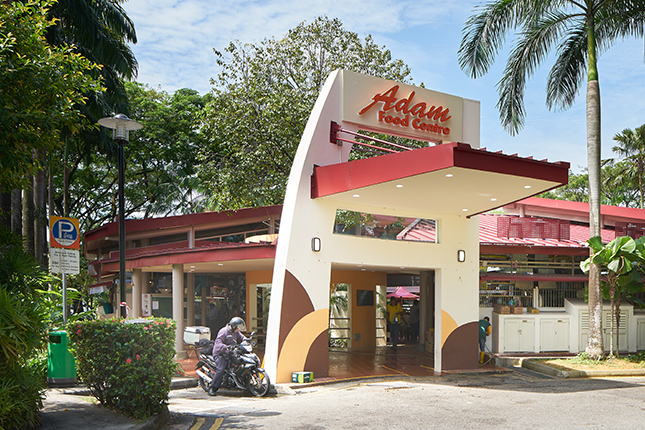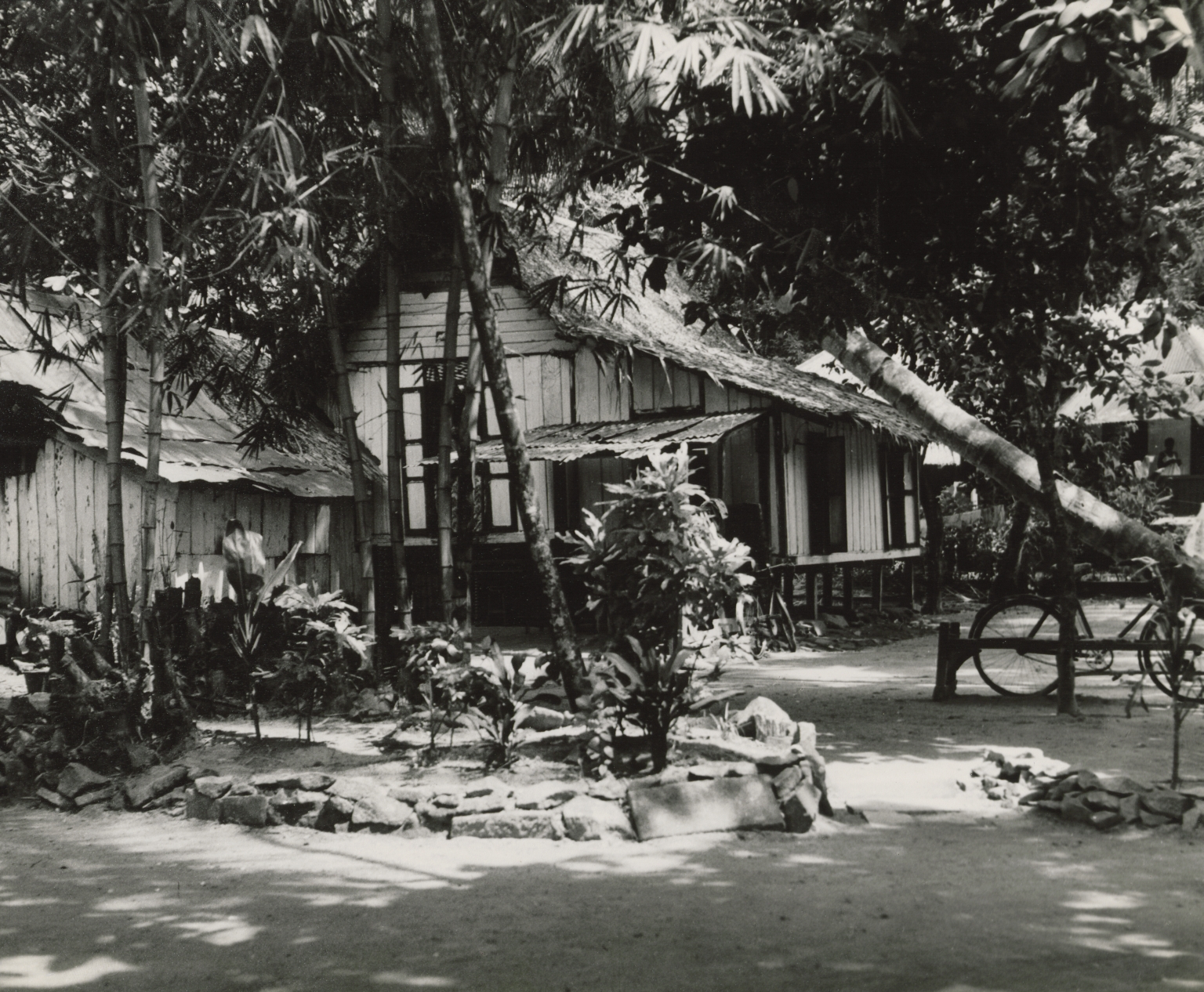Laksa
Laksa is a popular dish in Singapore, containing influences from Chinese, Malay, and other cultures. At its core, laksa is a spicy soup comprising the base ingredients of coconut milk, dried shrimp, fishcake, and prawns. A delicate balance is achieved in the best laksa soup to ensure it is neither too thick nor watery. This broth is served with thick rice noodles or, more infrequently, rice vermicelli.
The name of this dish stems from lakshah, a Hindi term for a type of noodle. The name is also said to be derived from Sanskrit. The multicultural influences on laksa, and Nyonya (Peranakan Chinese) cuisine in general, can be seen from its history. Chinese immigrants, who arrived in Malacca in the 15th century, and later the Straits Settlements (now modern Malaysia and Singapore), combined local spices with Chinese methods of cooking and ingredients to produce many Nyonya dishes, including laksa.
Geographic Location
In Singapore, laksa remains a popular dish at coffee shops (kopitiams), restaurants, homes, social gatherings, and even weddings. There are many numerous laksa stalls in Singapore’s East Coast area, particularly the neighbourhood of Katong which was once known as the centre of the local Peranakan community.
Communities Involved
In Singapore, laksa is enjoyed by the wider community as well as overseas visitors.
Associated Social and Cultural Practices
The dish has seen adaptations over the years, with many multi-generational hawker stalls and establishments breathing new life into it.
Present Status
Many individuals have taken efforts to ensure that laksa continues to survive into the future. For instance, there have been continued efforts to invest in the diverse and innovate laksa food culture, such as adding crayfish to laksa and featuring laksa-flavoured potato chips.
Laksa has also served as a strong representative of Singaporean food internationally. Foreign media outlets have published articles on the dish. Nyonya laksa also has an established presence abroad. Given these continual efforts, laksa’s future survival seems assured.
References
Reference No.: ICH-070
Date of Inclusion: March 2019
References
Ebrahim, Naleeza and Yee Yaw Yan. Singapore. Singapore: Marshall Cavendish, 2016.
Kong, Lily and Sinha, Vineeta. Food, Foodways and Foodscapes: Culture, Community, and Consumption in Post-Colonial Singapore. Singapore: World Scientific Publishing, 2015.
Phaik, Lim Kweek. Nyonya flavours Straits Chinese Recipes. Australia: Kinko’s International, 2002.
Sidney, Cheung and Tan, Chee-Beng. Food and Foodways in Asia: Resource, Tradition and Cooking. Routledge, 2017.
Temasek Polytechnic. Singapore Hawker Classics Unveiled: Decoding 25 Favourite Dishes. Singapore: Marshall Cavendish, 2015.




